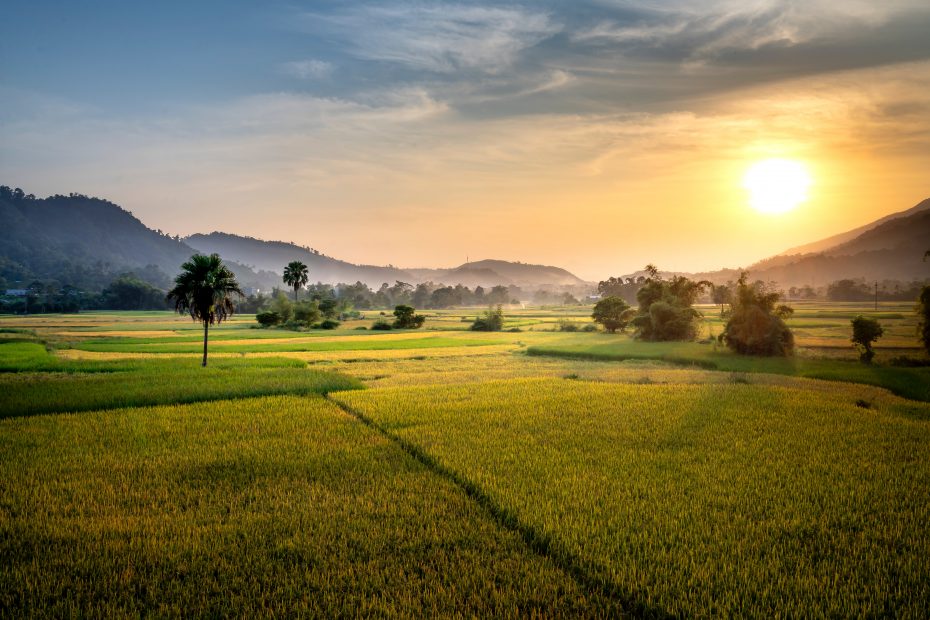Before we begin to see the differences between Chinese teas and Japanese teas, it is good to clarify that all teas are derived from the same plant namely Camellia Sinensis and that what makes the teas different from each other are the cultivation and production processes.
So let us start by looking at some differences between Chinese tea and Japanese tea.
Origin Of Tea
Chinese Tea
The mythical figure of the God Shennong is considered the discoverer of tea and its properties, but the first real cultivation appears to have begun during the Han Dynasty (206 B.C.-220 A.D.). The oldest tea plant is found in the Yunnan region, so China is where tea and its culture originated.
Japanese Tea
Tea later arrived in Japan around the 9th century AD thanks to two Buddhist monks who discovered this plant during their period of study in China. Before returning to their homeland they collected seeds that they could grow in Japan. From here a new way of production and a different tea culture developed over time.
Types Of Tea
Chinese Tea
In China, teas are divided into 6 broad categories: green, black, red, yellow, white, and blue-green. For each of these categories you can find many varieties, for example among green teas one of the most famous is Lóngjǐng 龙井茶 (Dragon Well Tea).
Japanese Tea
In Japan, on the other hand, green tea is mainly produced, and there are several varieties among which matcha tea is one of the most popular especially in recent times given its versatility in culinary purposes.
Tea Cultivation And Distribution.
Chinese Tea
Given the geographical size, we can find huge expanses of tea-growing fields in China, and due to low labor costs, this is still harvested by hand most of the time. Therefore, due to the vastness of cultivation, Chinese tea has the largest international distribution.
Japanese Tea
In Japan, by contrast, physical space is very limited and plants are grown in rows rigorously designed to make the most of every inch of land. Harvesting in this case is mostly done with machines and not by hand. The amount of production is nowhere near as large as in China, so market distribution is obviously less and costs, consequently, are higher.
Rites Of Tea Preparation
Chinese Tea
In China, the most famous tea preparation ceremony is called gōngfūchá工夫茶. This is a ceremony made up of attention to the quality of the elements, the elegance of the movements, and with the aim of making the most of tea time in healthy relaxation.
Japanese Tea
The Japanese ceremony, called Chanoyu 茶の湯 or also called Chadō茶道, compared to the Chinese ceremony requires more rigor in following the rules of preparation and is considered a time of meditation and contemplation of the tea itself.
It is amazing how small leaves of a plant like tea have had the power to create and shape cultures, ways of life, economies, and philosophies of first two great nations like China and Japan and then so many other nations. Whether Chinese or Japanese, tea still allows us to enjoy moments of all-around well-being today.
